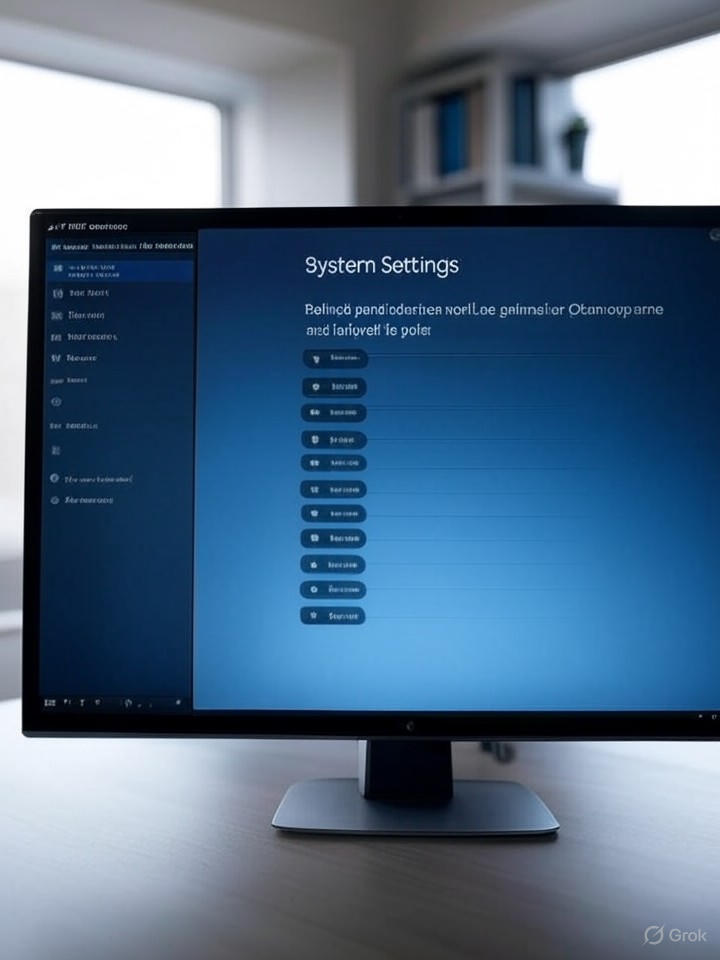The main round of the 2025 IHF Men’s Youth World Championship throws off on Monday, 11 August, with all the 16 teams still in the hunt for the trophy competing in the Cairo Stadium – Hall 1 and Cairo Stadium Hall 2 arenas in the Egyptian capital.
Eight teams have a maximum number of points, two, and can ease their passage to the quarter-finals, as they are facing the second-placed teams in the other preliminary round groups allocated to their main round group.
The other 16 teams are ready to start their adventure in the New Administrative Capital Hall and in the Dr Hassan Moustafa Hall in 6 of October.
MAIN ROUND
GROUP I
- 12:45 Sweden vs Switzerland
- 15:00 Hungary vs Austria
GROUP II
- 17:15 Spain vs Saudi Arabia
- 19:30 Iceland vs Serbia
GROUP III
- 12:45 Germany vs France
- 15:00 Norway vs Slovenia
GROUP IV
- 17:15 Denmark vs Japan
- 19:30 Egypt vs Czechia
PRESIDENT’S CUP
GROUP I
- 12:45 Portugal vs Morocco
- 15:00 Kosovo vs Kuwait
GROUP II
- 12:45 Croatia vs Guinea
- 15:00 Brazil vs Algeria
GROUP III
- 17:15 Faroe Islands vs Mexico
- 19:30 Argentina vs Uruguay
GROUP IV
- 17:15 Bahrain vs United States of America
- 19:30 Tunisia vs Republic of Korea
Main Round – Group I
12:45 Sweden vs Switzerland
Sweden topped Group A with three wins from three. After an easy opener against Kuwait (39:22), they were tested by Austria and Portugal but prevailed 34:32 and 38:34. Averaging 37 goals per game, Sweden have the sixth-best attack.
Nikola Roganovic is pivotal: he leads the team with 18 goals and is joint second in the tournament for assists with 15. The 2024 M18 EHF EURO champions start the main round with two points and can secure a quarter-final berth by beating Switzerland, the Group B runners-up.
Switzerland, playing only their third IHF Men’s Youth World Championship, qualified after wins over Kosovo and Morocco, but lost 29:39 to Hungary in their final group game. They begin the main round with zero points and must upset Sweden to stay in the quarter-final race.
Main Round – Group II
19:30 Iceland vs Serbia
Iceland dominated Group D, taking maximum points. They hit 40 goals twice—41:19 vs Guinea and 43:27 vs Saudi Arabia—and closed with a controlled 25:19 win over Brazil, who move to the President’s Cup.
After finishing 20th at Croatia 2023, their worst-ever result, reaching the Top 16 already marks progress. They carry two points into the main round, boosting their quarter-final prospects.
Serbia reached the Top 16 for the first time since Russia 2015. In Group C, a dramatic 26:25 win over Croatia set the tone, and a 32:22 victory against Algeria sealed progression. A heavy 24:42 loss to Spain means they start this phase with no points.
Main Round – Group III
12:45 Germany vs France
Germany looked vulnerable before their last group game but surged after the break to beat Slovenia 30:25. Goalkeeper Finn Knaack starred with 18 saves. Germany won Group E and carry two points forward. Coach Erik Wudtke noted that France are under pressure after losing to Norway and stressed the aim of capitalizing on Saturday’s momentum.
France opened with wins over Mexico and Argentina but fell 34:42 to Norway. Another defeat could jeopardize their quarter-final hopes. Offensively, France are joint third in the tournament with 121 goals (40.3 per game), while Germany average 32.3 (15th). If Knaack repeats his form, Germany can blunt France’s attack.
15:00 Norway vs Slovenia
Norway swept Group F and after a shaky start against Argentina, they accelerated to big wins over Mexico and France. With 122 goals (40.7 per game), they own the tournament’s second-best attack. Vetle Mellemstrand Bore sits joint second in the scoring chart with 30 goals; he led the team against Argentina (18) and France (11). Norway carry two points into the main round.
Slovenia start with no points. They beat the Faroe Islands and Uruguay comfortably but lost to Germany to finish second in Group E. Their hopes rest on standout performers: Mai Marguč has 29 goals (fourth-best in the tournament), and goalkeeper Matevž Mlakar boasts a 40% save rate. If their leaders deliver, Slovenia can take points on Monday.
Main Round – Group IV
17:15 Denmark vs Japan
Denmark showed inconsistency but still won Group H with three victories, finishing with a 37:31 win over Tunisia. They carry two points into the main round and can clinch an early quarter-final spot by beating Japan.
Japan opened with hard-fought wins over Bahrain and the Republic of Korea but lost 28:36 to Egypt after leading 18:14 at halftime. They start with zero points and are underdogs against Denmark, but will battle to seize any opportunity.
19:30 Egypt vs Czechia
Backed by a passionate home crowd, Egypt won all three Group G matches against the Republic of Korea, Bahrain and Japan. Their 118 goals (39.3 per game) rank fifth-best in the competition. They are the only African team in the main round and carry two points, with a chance to book a quarter-final spot if they beat Czechia.
Czechia, 10th on their tournament debut in 2023, aim to go further. After an opening loss to Denmark in Group H, they edged Tunisia 33:32 and beat the USA, 42:31, to qualify. Facing the hosts is a demanding task, but a win is essential to stay in quarter-final contention.











